Dolphin vs. Submarine - Course Monster Blog
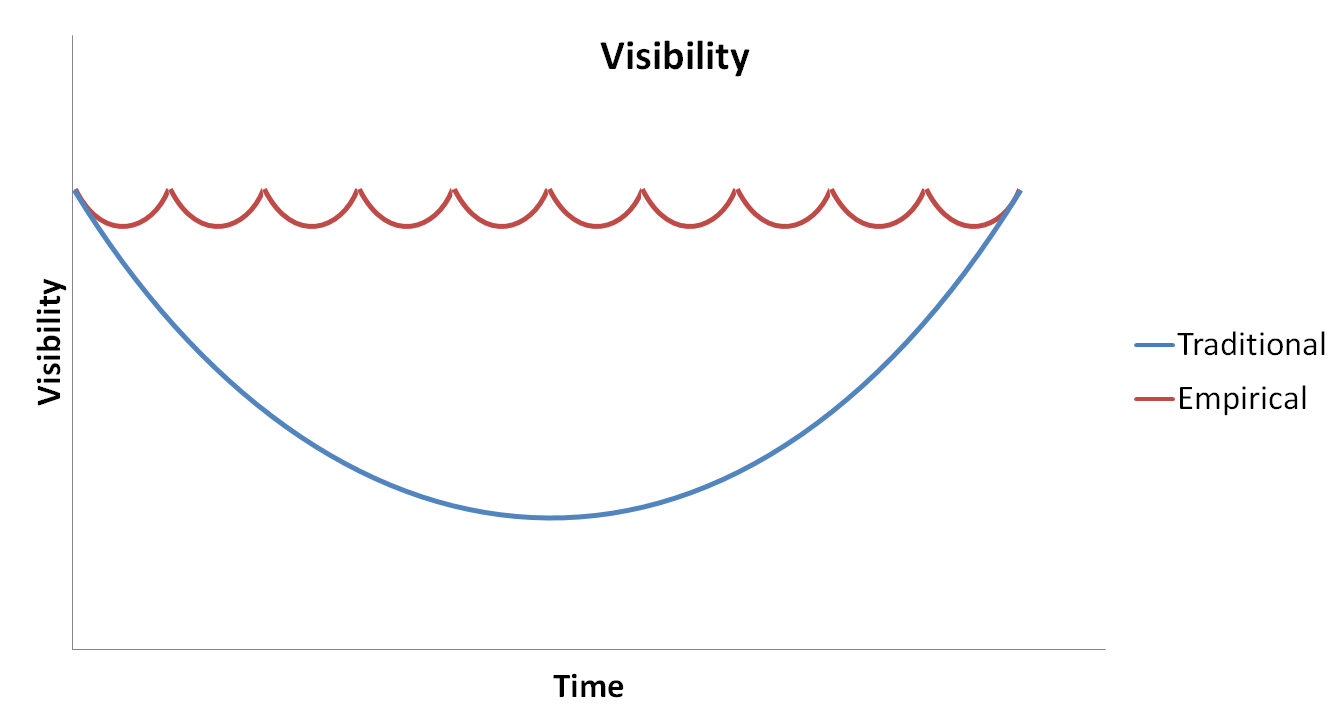
DOLPHINS VS. SUBMARINE: UNDERSTANDING THE AGILE APPROACH
Agile’s core concept can be illustrated by a metaphor that likens a dolphin vs. submarine (refer to Figure 1). When considering projects, particularly those of a considerable scale, we can think of the submarine as always being submerged deep below the water’s surface, hidden from view.
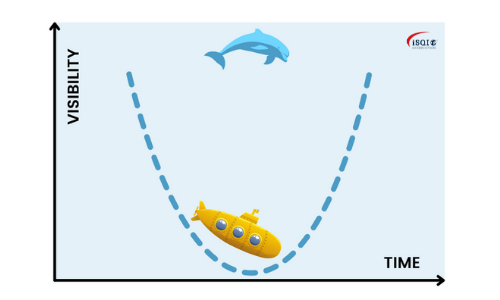
Fig. 1: Submarine vs Dolphin
When working on a project, most of the time is spent underwater, which means that the first glimpse of the results occurs only at the end of the project. However, the results obtained may not meet the original expectations or requirements, leading to disappointment. This is because the completed deliverable is often the first time the project outcomes are seen, and many issues may be discovered at this late stage. The consequences are typically emergency meetings, stress, and an unhappy customer. At this point, the project is already finished, the budget is depleted, and resolving issues would be very costly and time-consuming. This approach is known as the “see you later” model.
An alternative approach is the dolphin model. Similar to a dolphin that also dives underwater, it surfaces quickly to breathe, unlike the submarine. This approach involves diving underwater and promptly emerging with the first results. This allows for testing and evaluating small results incrementally, providing early feedback on what works and what doesn’t. With this knowledge, the dolphin will dive underwater again and emerge a bit later, which is known as the “see you soon” model. By working in iterations or sprints like dolphins, issues are discovered earlier, and adjustments can be made efficiently. The focus is on working smarter, not harder, which is how Agile expedites processes and saves time.
With Agile, you can deliver your work earlier, with greater precision, and even provide additional value.
Agile is about short cycles and iterations
By comparing both approaches, Agile can identify the following distinctions:
- The project is completed at the end, whereas in the Agile approach: the project is continuously finished.
- Feedback is obtained only at the end, whereas in the Agile approach: feedback is obtained from the beginning.
- No interim adjustments are made, whereas in the Agile approach: constant adjustments are made.
- It’s impossible to stop halfway, whereas the Agile approach: it’s always possible to stop.
- The project’s value is only realized when it’s completed, whereas in the Agile approach: the most valuable aspect comes first.
- Accumulated risks versus highlighted risks. In conclusion, working in long cycles versus working in short cycles.
The contrast between the two approaches is also evident in the following chart (refer to Figure 2).
.png)
Fig. 2: Comparison chart between the submarine and the dolphin approach.
In a constantly changing and dynamic world, it’s more intelligent to work in short, iterative cycles. Agile work can be compared to swimming like a dolphin, frequently surfacing to breathe, and making adjustments based on tangible results and new perspectives.
Agile fits complex work situations
Agile is not a panacea. It’s especially effective in scenarios where the work is unpredictable and cannot be pre-planned. Agile is best suited for situations with a high degree of uncertainty, where many changes and discoveries are expected. These situations are often referred to as complex.
When the work is less complex, an alternative to Agile is Lean. While it may become difficult at times, through repetition, the work can be mastered, and planning becomes feasible. To determine when Agile is appropriate and when it isn’t, refer to the Ralph Stacey model (refer to Figure 3).
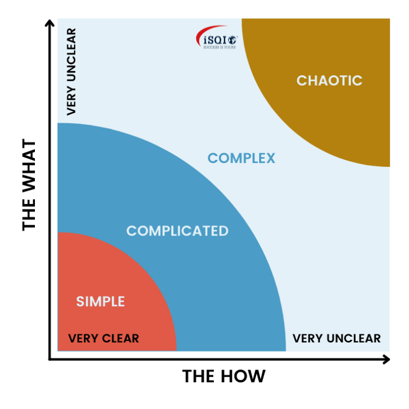
Fig. 3: The Ralph Stacey model
- Simple Situation: In simple cases, we have a clear understanding of what’s required and how to achieve it. Examples of simple situations are baking cookies or learning to ride a bike. In such activities, there’s a direct correlation between what needs to be done and how to do it. By following specific steps, the desired outcomes can be attained. If you’re unsure how to handle these simple situations, finding a coach or instructor to teach you is usually sufficient.
- Complicated Situation: These situations arise when there is an increased level of uncertainty about what and how to achieve the desired outcome. Although there is some clarity about what is needed and how to achieve it, there is no guarantee of success. It is advisable to conduct a detailed analysis beforehand to determine the precise requirements. The more accurately these things are specified, the higher the chances of success. Examples of such situations include making a medical diagnosis or repairing a large machine. Though these tasks may seem challenging, a detailed analysis by trained individuals can lead to good results. In complicated environments, Lean optimization is perfect as it is possible to plan complicated work, but it requires experience and precise preparation.
- Complex Situations: Complex situations are characterized by a higher level of uncertainty regarding both what needs to be done and how to do it. In such situations, the outcome is typically different from what was expected, and there is usually more uncertainty than certainty before the work begins. Examples of complex situations include large projects involving multiple people and parts, such as the development of new IT systems or company mergers. While these situations cannot be planned in advance, they can be explained after the fact. Therefore, an Agile approach is appropriate for complex situations, and it may be helpful to have a coach to guide the process. In this approach, it is best to discover what is needed and how to achieve it in small, iterative steps through experimentation, discovery, and adjustments based on intermediate results.
- Chaotic Situation: These are situations with complete uncertainty about what and how to do things. For instance, a major accident or a war situation. Agile work may help, but chaotic situations often rely on luck. In such situations, the focus is on taking action, regardless of what it is. If you want to escape from chaos, you will strive to act in a coordinated way to swiftly move out of it. Thus, leaders play a vital role in such chaotic circumstances.
Conclusion
This article presents two distinct approaches that reveal whether your team or company is operating like a dolphin or a submarine. Once you understand the contrasts between these approaches, you may opt to pursue Agile and employ iterative cycles like a dolphin. However, it is essential to recognize that Agile cannot remedy every issue.
The question you need to ask yourself is whether the Agile approach is appropriate for your company or project, and the answer hinges on one key factor: is it a complicated or complex situation?
Non-repeatable and always varying situations are referred to as complex situations. Agile is well-suited for such situations that are non-repetitive and the answers are known only later. It is advantageous to utilize Agile in such situations, as it enables you to discover the path while performing the tasks.
If the situation is complex and not repetitive, then Agile can be more helpful initially. In these situations, Agile can help you discover a path when you are doing things for the first time. On the other hand, if the situation is something complicated and repetitive, then Lean can be more useful at first. Lean helps optimize and learn from the things you do most frequently, such as production processes in the manufacturing industry. Nonetheless, Lean and Agile share a common objective, which is to succeed and improve based on experience.
In contrast, modern society is rapidly evolving and giving rise to more complex situations, while simple and repetitive tasks are being automated, leading to an increase in complexity. Consequently, Agile is becoming more prevalent as it is well-suited for unpredictable and dynamic environments. If you are working in such an environment, the Agile approach can help you work more efficiently and deliver more value in your projects.
Here at CourseMonster, we know how hard it may be to find the right time and funds for training. We provide effective training programs that enable you to select the training option that best meets the demands of your company.
For more information, please get in touch with one of our course advisers today or contact us at training@coursemonster.com
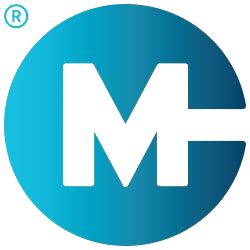
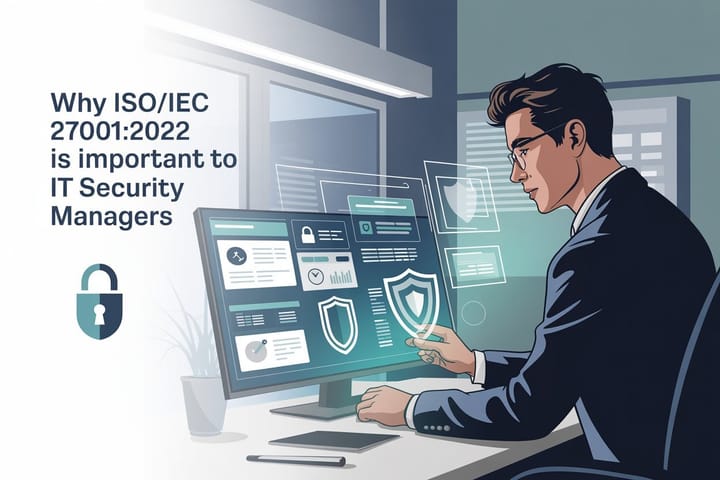
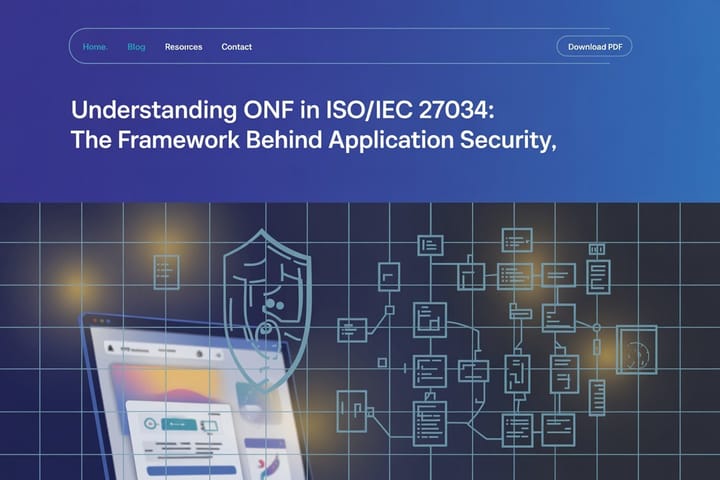

Comments ()